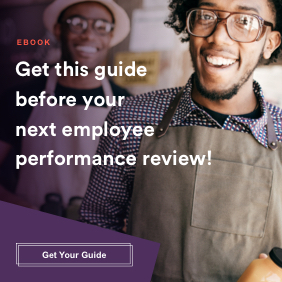What does 360 feedback mean? Get a definition of 360-degree performance reviews. Plus pros and cons to this performance management process.
What does 360-degree feedback mean?
A 360-degree performance review, also called 360-degree feedback, is a review process where employees receive feedback from their supervisor, several coworkers, reporting staff members, and occasionally customers, as opposed to just being reviewed by their immediate superior.
What are the pros and cons of 360-degree performance reviews?
SHRM notes that before deciding whether to adopt a 360-degree review process, you should first consider the following pros and cons:
Pros of 360 reviews
- Gives greater clarity: 360-degree reviews allow the employee to assess their performance on multiple levels and receive a fuller picture of what they might need to advance in their careers.
- Reduces risk of bias: Because employees are assessed by multiple people, it’s less likely that some sort of personal bias will affect their review.
- Improves customer service: Employees receive feedback from customers themselves, so they can better identify ways to improve customer service (or see what’s working).
- Increases accuracy of evaluation:Employees are reviewed by the people who spend the most time with them, so they’ll likely get a more comprehensive evaluation.
Downsides of 360 reviews
- Reviewers aren’t trained: Since coworkers and customers aren’t necessarily trained in performing evaluations, they might not know how most effectively evaluate the employee.
- Time intensive: More reviews mean less time spent on substantive work.
- Morale: Hearing potentially negative things from a larger number of your peers can be uncomfortable.
Final Tip
There are several pros and cons to conducting 360-degree performance reviews. If you decide to go with this process, check out these tips on how to implement an effective 360-degree program.
Helpful Link:
Getting 360 Degree Reviews Right – hbr.org
This article was first published on September 22, 2015 and revised on October 2, 2018.







